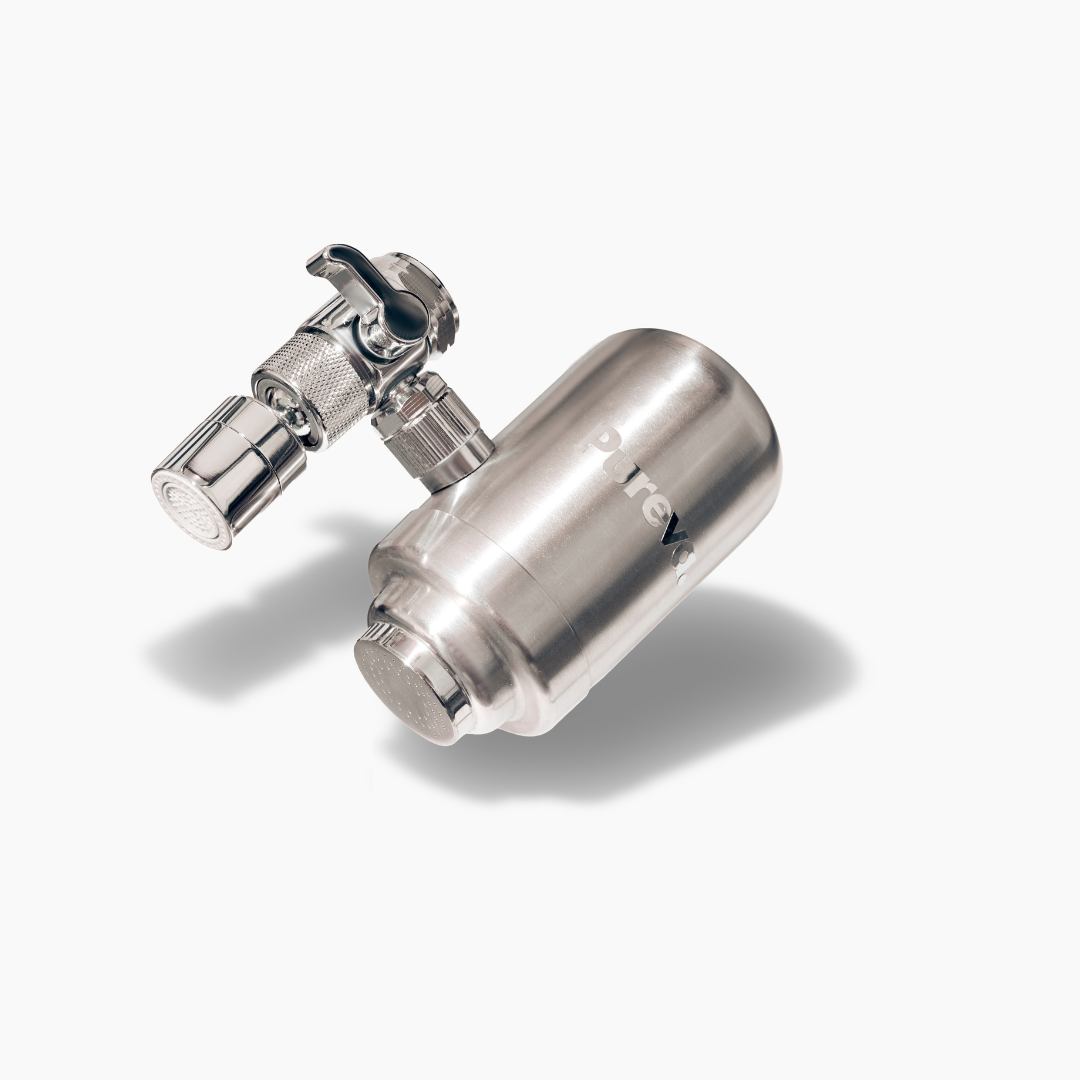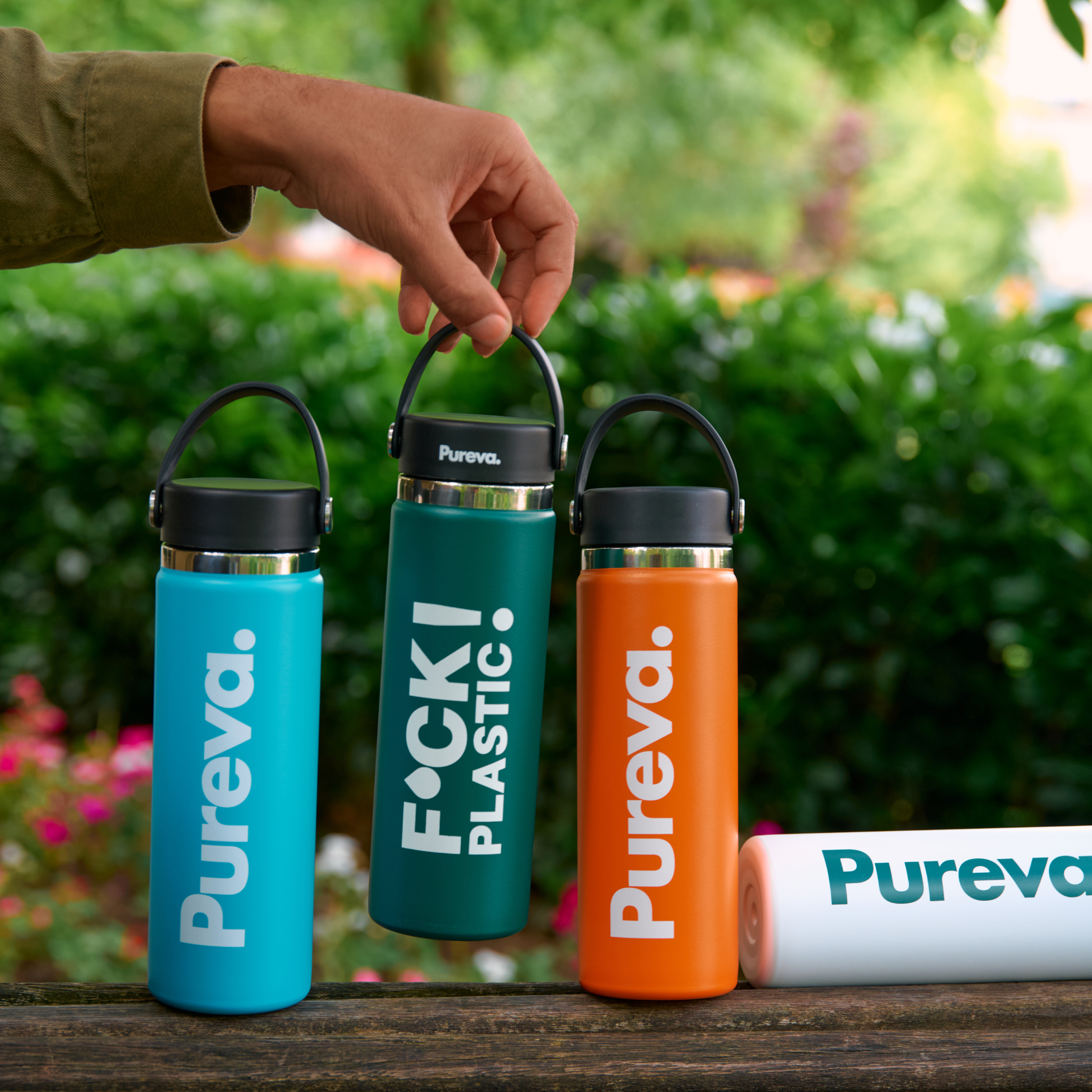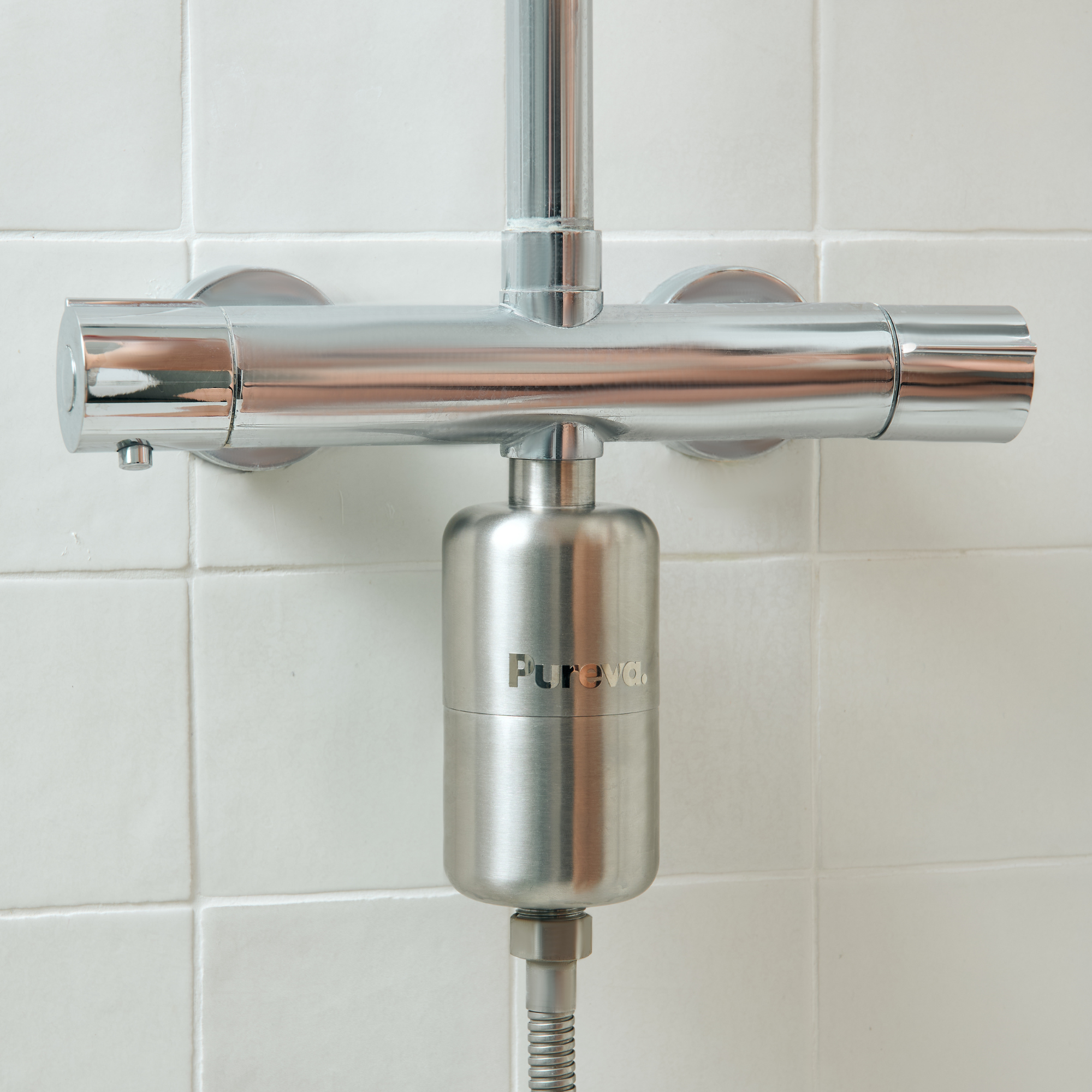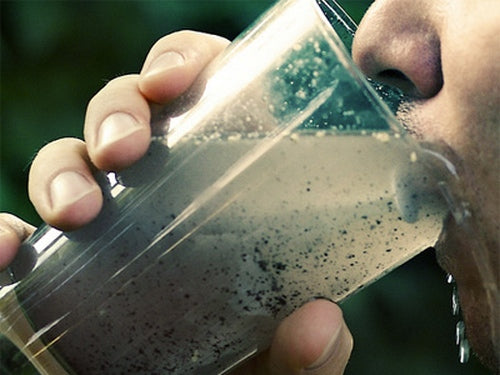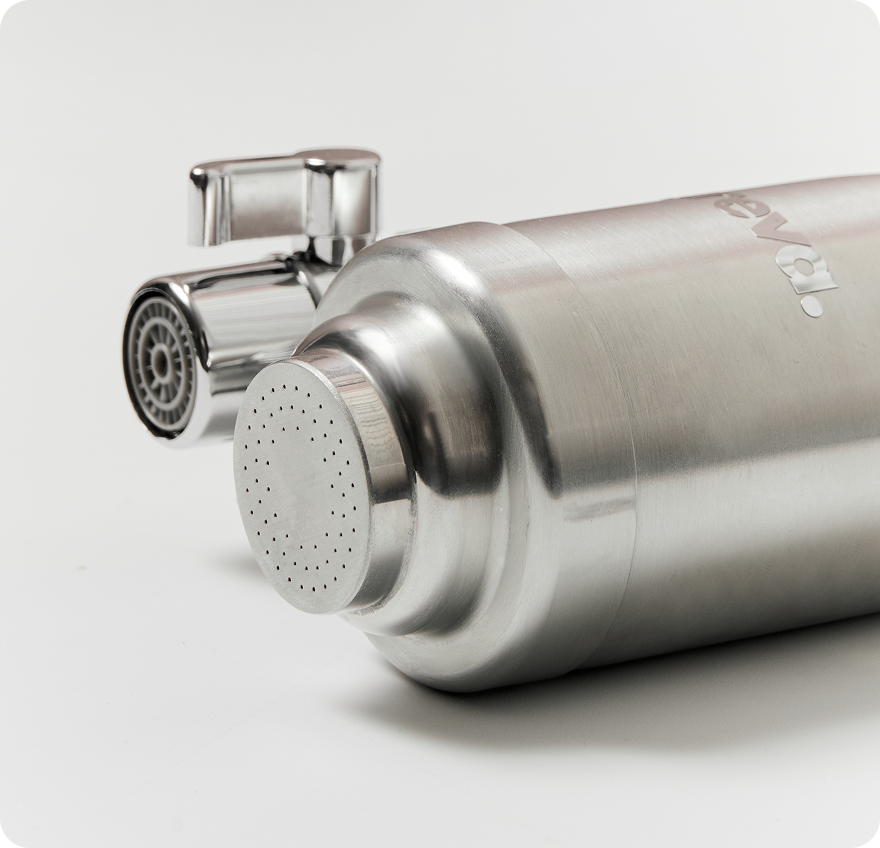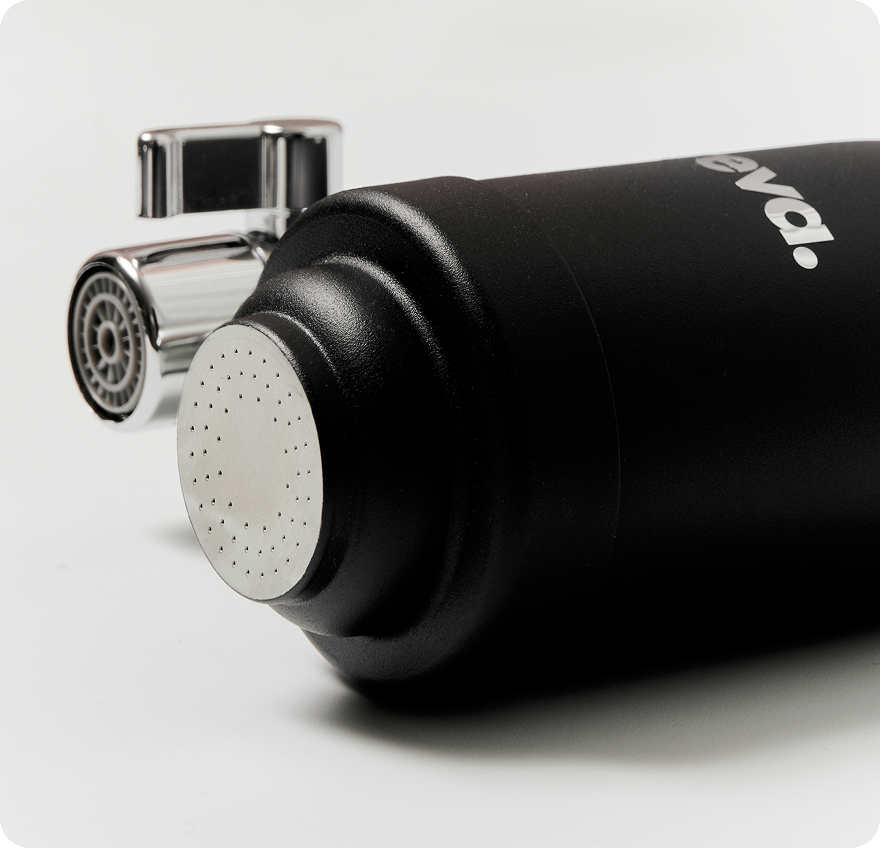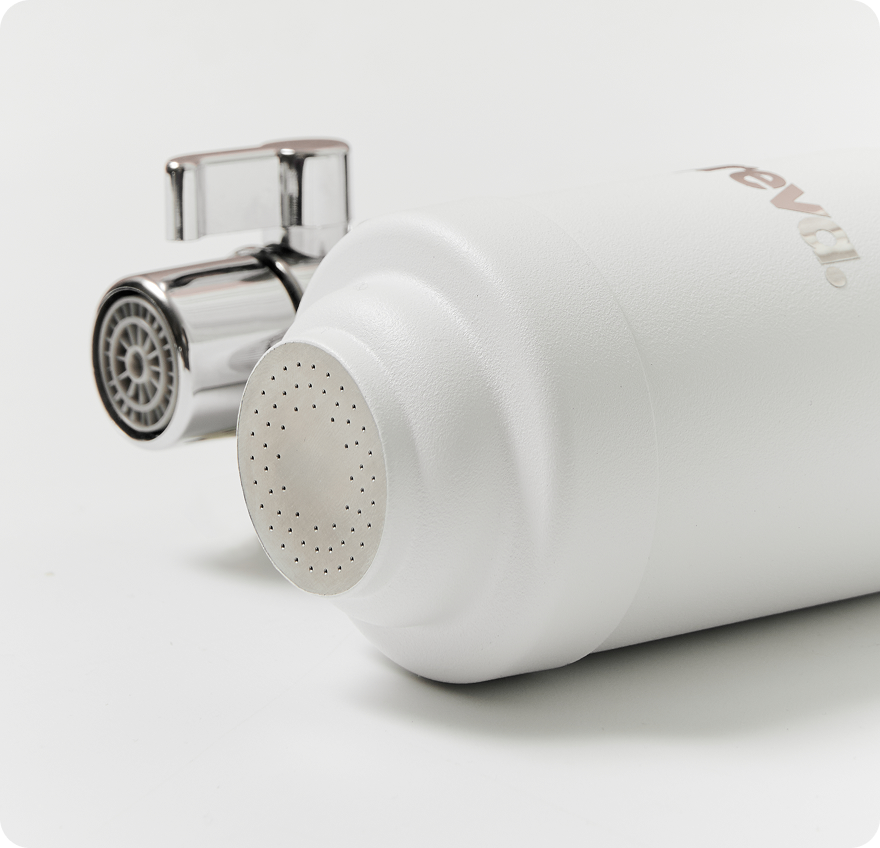Water Pollution: Causes & Impacts!
Water pollution is a major problem for human health and the environment. Water contamination by pollutants comes from industrial sites, farms, and domestic activities, among other sources. These pollutants contribute to the deterioration of aquatic environments and biodiversity and pose problems for us, the consumers. We invite you to take a closer look at the causes and consequences of water pollution, as well as the existing solutions to reduce health risks.
The different types of water pollution
Pollution of aquatic environments is manifested by the presence of microorganisms, chemical substances or waste from industry. It can notably affect:
- Watercourses and bodies of water: Rivers, lakes and ponds are directly contaminated by industrial, agricultural and domestic waste.
- Brackish water: These waters, a mixture of fresh and salt water, are also impacted by pollutants from human activities.
- Rainwater: Rainwater runoff can carry pollutants into groundwater, contaminating drinking water sources.
- Dew, snow, and polar ice: Even these forms of water can accumulate atmospheric pollutants, which eventually end up in the water cycle.
In short, the entire hydrological system is affected by pollution. Through runoff, these pollutants end up contaminating agricultural soils, thus impacting our crops and our water consumption. There are different types of pollution that are interesting to know about and which can sometimes be surprising, such as those of organic origin.
Pollution from organic sources
Organic pollution of water resources is characterized by the presence of organic matter in aquatic environments. These pollutants mainly come from:
- Domestic wastewater: food waste, human waste.
- Agricultural waste: animal excrement, agricultural waste.
- Plant debris: rotting leaves and branches.
The presence of these organic materials increases the concentration of nutrients in the water. This results in a significant growth of bacteria, viruses, and algae, causing a decrease in available oxygen in the water, which is called eutrophication. The problem is that many aquatic species need oxygen and find themselves asphyxiated.
Chemical pollution
Some chemical micropollutants can be toxic to aquatic organisms and contaminate surface water (rivers, bodies of water) and groundwater (water tables). Chemical pollution of water resources results from the discharge of industrial and domestic chemicals. These micropollutants include:
- Nitrates and phosphates contained in pesticides and herbicides used in agriculture.
- Heavy metals (very problematic for our consumption) such as mercury and lead from industrial waste.
- The use of household chemicals such as detergents and solvents.
- Drugs and pharmaceutical residues.
These micropollutants impact water quality , making it unfit for consumption. Chemical pollution leads to the contamination of groundwater, posing a risk to human health and biodiversity, especially since it is difficult to filter them completely.
What are the main causes of water pollution in France?
According to the Water Information Center , only 44% of surface water bodies have good ecological quality and 69% of groundwater bodies have good chemical quality. The causes of this pollution of our waters in France are numerous...
Bacteriological pollution!
The presence of pathogenic microorganisms such as bacteria, viruses and parasites causes bacteriological pollution of drinking water in France . These pollutants generally come from:
- The lack of wastewater treatment in treatment plants.
- Leaks from sanitation systems.
This type of pollution can cause illnesses such as gastroenteritis or, more significantly, although rarely, hepatitis-type illnesses. According to a 2018 study by the French National Agency for Food, Environmental and Occupational Health and Safety (ANSES), nearly 20% of drinking water sources in France had worrying levels of bacteriological contamination.
The impact of industries and agriculture!
Industrial activities are largely responsible for water pollution. Here are some examples of pollutants and toxic products for human health:
- Dry cleaning products.
- Hair salon coloring products.
- Printing solvents.
- Garage lubricants.
- Care residues.
- Cleaning residue.
- Cleaning products.
- The paintings.
- Nitrogenous and phosphorous organic matter.
Agriculture, while essential, also remains one of the main sources of water pollution. Agricultural pollution of rivers and groundwater is defined by:
- Fertilizer runoff.
- The use of pesticides (herbicides, insecticides, fungicides).
- Livestock effluents.
In 2019, a study conducted by INRA (National Institute for Agricultural Research) revealed that nearly 75% of watercourses in agricultural areas contained traces of pesticides beyond regulatory standards.
The dangers of micro and nano plastics!
For several decades, plastic waste has been accumulating in the seas and oceans. Their degradation generates small particles, microplastics (<5 mm) and nanoplastics (<100 nm) affecting biodiversity . We find them in all aquatic environments, surface water, groundwater and therefore... in tap water. They are currently a public health issue that you have surely heard about if you have wanted to search " water pollution " on the internet.
After ingestion, these pollutants can be released and the problem is that they accumulate in the body, leading to long-term health problems.
The consequences of water pollution
Water pollution has harmful consequences for natural environments and for us, the consumers.
Deterioration and eutrophication of natural environments
Water pollution leads to the destruction of natural sites, particularly through the process of eutrophication. This is a mechanism, which we briefly discussed above, that is devastating for aquatic environments. Eutrophication is caused by excess nitrogen and phosphorus from agricultural pollution and wastewater. These nutrients promote the growth of algae. As they decompose, these algae consume a lot of oxygen, creating areas called dead zones.
The consequences are serious with the destruction of aquatic fauna and the reduction of biodiversity .
The consequences for us, consumers
Drinking polluted water has dangerous effects on human health. The presence of chemicals, pathogenic microorganisms, or micropollutants such as pesticides and heavy metals can cause various health problems.
Being aware of what tap water contains and its dangers and then taking action is essential. Here are some examples of the complications it causes:
- Gastrointestinal diseases: These conditions are caused by bacteria such as E. coli and viruses that cause severe diarrhea, infections, and vomiting.
- Long-term effects of chemicals: the presence of lead, mercury and pesticides in drinking water can lead to the development of neurological disorders, cancers and endocrine disruptions.
- Risks associated with microplastics: Their presence in drinking water, seafood, and fish also poses risks to human health. Their long-term effects are still being studied.
Solutions to combat the dangers associated with consuming polluted water
Fortunately, there are alternatives to protect yourself from the dangers of drinking contaminated water.
However, there are some reservations to be made and sorry to disappoint you but... drinking bottled water is not a reliable solution.
Drinking Bottled Water - A Bad Idea!
Drinking bottled water is often perceived as a safer alternative to tap water. And yet! This practice carries several risks for human health:
- Plastic bottles release chemicals such as Bisphenol A (BPA), an endocrine disruptor linked to various health problems such as hormonal disorders, cardiovascular problems, etc.
- Phthalates, chemicals found in plastic bottles, are also linked to endocrine disruption and can affect reproduction and development.
- Microplastics have a potential impact on the digestive system and the release of toxic chemicals into our bodies.
- Bottled water quality controls are not as strict as those for tap water. The ARS monitors the quality of tap water as part of the health control of drinking water.
- Bottled water storage conditions must be suitable: a plastic bottle exposed to heat is likely to release chemicals from the plastic into the water.
Okay, but how do we do this? You might have guessed, but there are solutions that, even if they are never perfect, are extremely effective.
Anti-pollution filtration systems for tap water
Filtration systems, such as our Pureva tap water filters , which can be installed directly on the tap, are optimal solutions for protecting against the risks of drinking tap water. The tap water filtration process we have developed effectively eliminates pollutants present in water : heavy metals, chlorine, limescale (a good point for the sustainability of your installations).
Convinced that clean water should be accessible to all and affordable, we've designed our model to be cost-effective over the long term. Everything is taken care of, and the subscription allows you to receive filters directly to your home at the right time!
Pureva has made tap water pollution one of its major battles by offering a solution that is both effective and practical for your daily life. Our introductory offer is available right HERE .

